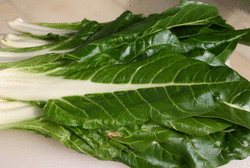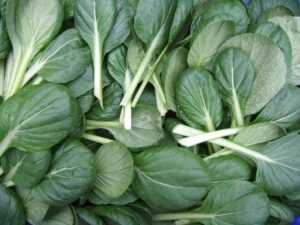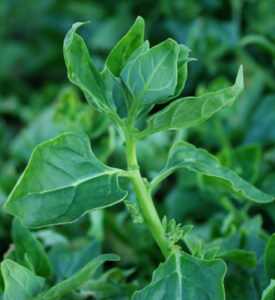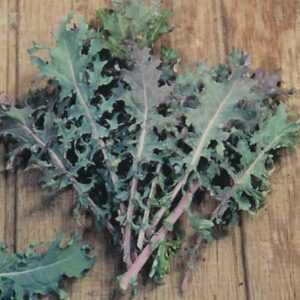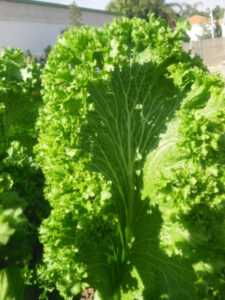PLEASE UPDATE US ON THE NEW ENTRANCE CODE TO YOUR BUILDING
To beef up present security, the entry codes have been changed in many apartment buildings. We thank those who have already informed us of their new code information. If your code has been changed and you have not yet updated us, kindly send us this information – or update it yourself with your address in our Order System.
Many thanks! Stay safe!
_________________________
The green is very green today
And the gray is very gray today
A bit of black
And no whiteness in town
The storm is very stormy today
And the past is in the past today
Some future lies ahead
But no present around
And it’s not easy to breathe yet
Nor is it easy to think
Against the gusts of wind
And waiting is so very hard
Eyelashes touched by storm
Each moment shatters to pieces
But the green is very green today.
Leah Goldberg
Translated by Aliza Raz
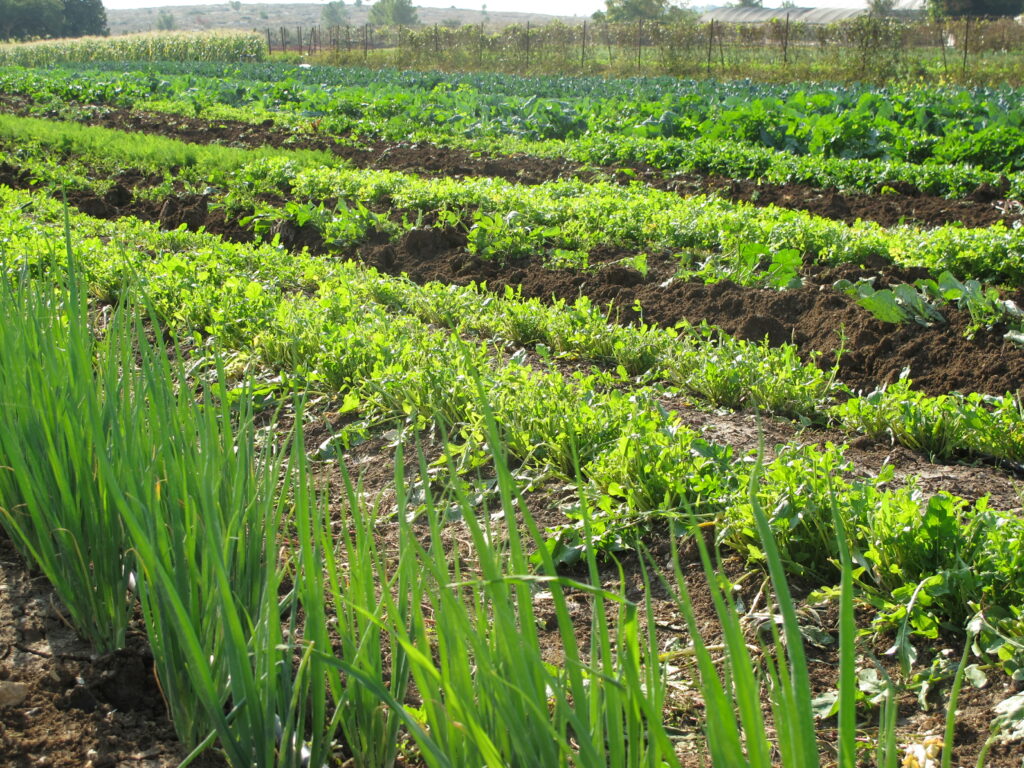
————
It’s not easy to breathe, and not at all simple to wait.
But yesterday the rain came and washed the dust, awakening the pungent scent of wet earth.
A walk in the fields is a stroll through a thousand shades of green, which have filled your boxes of late.
To help you identify each green Chubeza visitor, it’s time once again to send you the Guide to the Perplexed for Chubeza Winter Greens:
Swiss Chard:
A sibling of the beet, but instead of of a thick root, Swiss chard grows huge leaves. It’s delicious in soup, quiches, and stuffing, as well as lightly steamed or tossed, and even as a fresh salad green.
Here is a wide variety of recipes.
Tatsoi (Spinach mustard, Spoon mustard, or Rosette bok choy)
A native of the Far East, member of the choy or soy family, belonging to the Brassicaceae dynasty.
Tatsoi’s distinctive flavor is not bitter or spicy. Tatsoi is enhanced by piquant flavors (mustard and black pepper), ginger, sesame and sweet fruit varieties.
Use tatsoi fresh in salads, or stir-fried or cooked like spinach or Swiss chard – in soup, quiches, omelettes, and more.
Here are some thoughts about tatsoi, and a sample recipe. (In English, tatsoi hasn’t yet made its mark in Israel.) Scroll down and you’ll find some links to other recipes.
New Zealand Spinach
This veggie’s New Zealand (and Australian) origins remain in its name. When Captain Cook discovered this plant on the beaches of New Zealand, he added it to his sailors’ diet over the long sea journey, thus preventing tetanus, caused by a Vitamin C deficiency.
New Zealand spinach is ideal for our local climate, thanks to its penchant for warm weather. Sporting small and meaty leaves, it enthusiastically sprawls and spreads.
New Zealand spinach can be used in any recipe calling for spinach, and is quite suitable as a Swiss chard replacement.
To prepare New Zealand spinach for cooking, remove the leaves from the stem which is hard and inedible. Unlike regular spinach or Swiss chard, eating New Zealand spinach raw is not recommended. First soak it in hot water for several minutes, then wash with cold water before cooking.
Recipes for New Zealand Spinach
Winter Spinach
Spinach can sport huge leaves or be dainty “baby” spinach, depending on the season, the bed in which it’s grown, and the timing of its harvest.
Spinach is just slightly bitter, a tad sweet, and chock full of the flavors of freshness and rain.
Like its cousin Swiss chard, spinach can be served fresh or cooked, added to soup, a quiche, dumplings, a green omelette or cooked salads. They all work well.
Arugula
This yummy green is called arugula, as well as rucola and roquette. They all sport the same piquant flavor typical of the Brassicaceae family. Like spinach, arugula can come in many forms, from huge and meaty to small and dainty.
Arugula leaves are spicy, but they have their own distinctive type of piquant flavor – not necessarily sharp – which transform them to add a very special dash to a salad, combined with sweet fruits. Cheeses go perfectly with arugula, and light cooking or stir-frying can slightly temper the sharpness.
Here’s a great recipe for a salad of arugula and beets, which have recently made their grand entrance to your boxes. For more recipes, search the internet for “arugula” or “rocket lettuce.”
Kale
A green belonging to the Brassicaceae family, kale is considered one of the healthiest foods around. True, kale is acquired taste, but definitely worth getting used to and adoring.
After many long years in which we grew but one kale variety (the Russian Red Kale, as seen above on the right), in previous years we added curly kale. It comes in a lighter shade of green, and is a runaway success.
Due to its relatively rigid texture, kale is usually cooked or added to a green shake, but you can make delicious kale chips or enjoy it fresh in a salad—-it’s great!
Songs of praise and kale recipes to be found here
_________________________
Vegetable greens naturally like being connected to their roots and the earth. To store them after harvesting, try to prevent two unwanted side effects: drying up and rotting. There are several methods for long-term storage. First, to prevent rotting, avoid moistening the greens and only wash them prior to use. For large greens like lettuce, Swiss chard, kale, tatsoi, spinach and mustard greens, wrap them (unwashed) in cloth or a thick paper towel and place in a plastic bag to enable the moisture to be absorbed without drying up the leaves.
For more recommendations on how to store various vegetables, check our website under Storage Tips.
Hopefully we’ve now helped clarify the wonderful assortment of greens that are coming your way. You’re always welcome to ask any question about an unfamiliar veggie in your boxes. Feel free to phone 054-653-5980 (also Whatsapp) or email [email protected]. The Chubeza members’ Facebook page is also a great source of information and helpful hints.
We pray for the return of the hostages and prisoners, for the recovery of all the injured, emotionally and physically, and to an end to the war.
May this week bring only good news!
Alon, Bat-Ami, Dror and the entire Chubeza team
_____________________________________________
WHAT’S IN THIS WEEK’S BOXES?
We’re now in the midst of a several-week-long cucumber shortage. We’ve run out of them in the field and also in the local organic market. This week we were also unable to purchase a supplement from other farmers. Thus, some of you will be getting bell peppers instead of cucumbers in this week’s box. We look forward to the speedy return of the cucumbers!
Monday: Jerusalem artichokes/long Thai lubia beans/short Iraqi lubia/yellow string beans, lettuce, Swiss chard/kale/spinach, baby radishes/daikon, beets, kohlrabi/fennel/turnips, sweet potatoes, parsley/coriander/dill, tomatoes, cucumbers/bell peppers, celery/ scallions. FREE GIFT FOR ALL: Arugula/tatsoi.
Large box, in addition: Slice of pumpkin/eggplants/corn, cauliflower/cabbage/broccoli, carrots.
FRUIT BOXES: Green/red apples, oranges, avocados, pomegranites/bananas, pomelit/clementinas.
Wednesday: Jerusalem artichokes/long Thai lubia beans/short Iraqi lubia/yellow string beans, lettuce, Swiss chard/kale/spinach, baby radishes/daikon/turnips, beets/potatoes, kohlrabi/fennel, sweet potatoes, parsley/coriander/dill, tomatoes, cucumbers/bell peppers, celery/ scallions. FREE GIFT FOR ALL: Arugula/tatsoi.
Large box, in addition: Slice of pumpkin/eggplants/corn, cauliflower/cabbage/broccoli, carrots.
FRUIT BOXES: Green/red apples, pomelit/oranges, avocados, pomegranites/bananas, clementinas.

